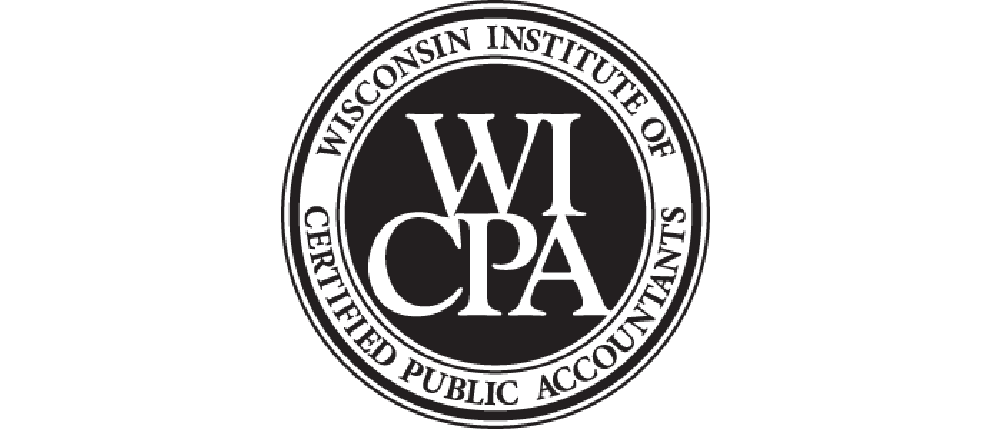On March 11, 2021, President Biden signed into law the American Rescue Plan Act (ARPA) of 2021, which includes $1.9 billion in pandemic relief for individuals, small businesses and local governments. The ARPA extends and builds on the relief measures of the Coronavirus Aid, Relief, and Economic Security Act (CARES Act) of 2020, and the Consolidated Appropriations Act (CAA) signed into action earlier this year. The ARPA also introduces several new provisions for businesses and employers.
ARPA Provisions for Businesses and Employers
Paycheck Protection Program
The ARPA contains numerous provisions affecting businesses, including an additional $7.25 billion in funding for the Paycheck Protection Program (PPP). The new law didn’t extend the current March 31 deadline for PPP loans to be approved; however, Congress has voted to pass a bill to extend the deadline to May 31. The bill now awaits a signature by President Biden.
Additionally, non-profits and online news services can now receive expanded PPP eligibility, including first and second-draw loans.
Small Business EIDL Advances
The ARPA provides another $15 billion for Economic Injury Disaster Loan (EIDL) Advance Grants. Small businesses in low-income communities are eligible for EIDL grants of up to $10,000; $5 billion is reserved for $5,000 grants to businesses which experienced a revenue loss of more than 50% and have no more than 10 employees. These advances are tax-exempt.
Restaurant Revitalization Fund for Restaurants and Food Service Industry
The ARPA also includes targeted relief for restaurants and businesses which primarily serve food or drink— an industry hit hard by the COVID-19 pandemic. The American Rescue Plan establishes a $28.6 billion Restaurant Revitalization Fund for restaurants, with $5 billion reserved for the smallest independent businesses with gross receipts less than $500,000 before the pandemic.
Administered through the SBA, the grants are available to a wide range of businesses, as long as they serve food or drink as their main purpose. The fund applies to restaurants, bars, wine tasting rooms and breweries, catering businesses, food trucks, food carts, and food stands which have less than 20 locations and can prove revenue loss from 2019 to 2020. As part of the program, the grants will initially prioritize applications from women, veteran and minority-owned businesses.
Eligible businesses may receive a tax-exempt grant of equal amount to their revenue loss in 2020, which is calculated by taking their 2019 revenue and subtracting any 2020 revenue and PPP loans received. EIDL loans are not deducted from Restaurant Revitalization grant funds. Any eligible entity is allowed up to $10 million in grants, or $5 million per location.
Although the SBA is still working out details of the grant, and applications are not yet open, we do know the grant will have limitations on how the funds may be spent. Generally, the funds may cover a wide range of expenses related to the pandemic, including personal protective equipment (PPE), cleaning and sanitation, and outdoor dining construction. Other eligible expenses include payroll, mortgage or rent costs, utilities, operational expenses, sick leave and even food or beverage costs.
Shuttered Venue Operators
An additional $1.25 billion is directed towards the “shuttered venue operators” grant program, created by the CAA, which authorizes grants to eligible live venue operators or promoters, theatrical producers, live performing arts organizations, movie theaters or museum operators who experienced a 25% reduction in revenues. Additionally, the ARPA expands eligibility to include operators who received a PPP loan after December 27, 2020.
Employee Retention Tax Credit (ERTC)
The ERTC was first made available by the CARES Act, then modified and extended by the recent CAA. The credit allows employers to offset their employment taxes and apply for a refund for any surplus credit generated. An employer may be eligible for the credit if they experienced a decline of more than 20% of gross receipts in any quarter in 2021 compared to the same quarter in 2019, or if the employer was required to close or partially suspend business operations due to a COVID-19-related governmental order.
The modifications to the ERTC under ARPA generally extends the 2021 ERTC beyond what was laid out in the CAA to December 31, 2021—making the credit applicable to wages paid after June 30, 2021, and before January 1, 2022. Therefore, an eligible employer can claim the ERTC against applicable employment taxes they pay to employees in Q3 and Q4 of 2021.
Beginning in the third quarter of 2021, other modifications include: lessening the requirements for severely financially distressed employers who experienced gross receipts reduction of more than 90% compared to any quarter in 2019; expanding eligibility to include recovery startup businesses which began operations after February 15, 2020 and have an average annual gross receipt of less than $1 million; and extending the statute of limitations for assessments under the credit from three years to five.
The credit is equal to 70% of qualified wages paid, including health plan expense, not to exceed $10,000 per employee, per quarter in 2021. Thus, the maximum credit available for each employee is $7,000 per quarter in 2021, or $28,000 per employee. Wages used for the Restaurant Revitalization grant, wages used to obtain Paycheck Protection Program (PPP) forgiveness, shuttered venue grants and Family and Medical Leave Act (FMLA) do not qualify for wages used to calculate the ERTC.
The eligibility of wages for the credit is based on whether the taxpayer qualifies as a large employer (more than 500 full-time employees), or a non-large employer, who may apply the credit to any wages paid to employees. A large employer’s qualified wages are only those paid to employees who could not work due to the pandemic.
Paid Sick and Family Leave Tax Credits
ARPA further expands the paid sick and family leave tax credits introduced by the Families First Coronavirus Response Act (FFCRA) in 2020 and modified by the CAA in 2021. The FFCRA mandated companies with fewer than 500 employees to provide paid leave under the Emergency Paid Sick Leave Act and the Emergency Family and Medical Leave Act to employees who were unable to work for several reasons related to the pandemic. FFCRA provided employers with a refundable tax credit to offset employer costs for providing paid leave to employees.
The credit expired for employers with fewer than 500 employees at the end of last year, although employers still had the option to voluntarily supply FFCRA sick or paid family leave to employees through March 31, 2021 to receive a refundable tax credit for those costs. ARPA relief extends and expands the credits through September 30, 2021 for employers who chose to voluntarily provide leave to their employees.
ARPA also expands on the list of reasons for paid sick and family leave covered under the FFCRA, now allowing employers to also pay leave for 1) obtaining a COVID-19 immunization; 2) recovering from injury, disability, illness or condition related to the immunization or 3) seeking or awaiting the result of a COVID-19 test or diagnosis.
Leave credits cannot be used together with forgiven PPP loans, nor to calculate the ERTC, the Employer Paid Family and Medical Leave credit or the Work Opportunity Tax Credit. However, the ARPA make changes to the way the credits are applied. Credits are now applied against the Medicare portion of payroll taxes instead of the OASDI (Social Security) portion. Credits are also increased by both the amount of OASDI taxes paid and Medicare taxes paid with respect to eligible wages, instead of just the Medicare taxes.
Excess Business Loss Limitation
The Tax Cuts and Jobs Act limited the annual amount of excess business losses a non-corporate taxpayer could deduct for 2018 through 2025. The CARES Act suspended this loss limitation for 2018 through 2020. Under ARPA, the suspension will remain in place for calendar year 2020 yet extend the limitation one more year, making the suspension applicable for 2018 through December 31, 2026.
Corporate Tax Provisions
IRC Section 162(m) limits the tax deduction which public companies can take for executive compensation, and generally applies to the CEO, the CFO and the three next-highest-compensated individuals. Under ARPA, Section 162(m) is extended to cover the CEO, the CFO and the five next highest paid employees, beginning in 2027.
Questions about the American Rescue Plan Act?
We are closely following guidance from the Treasury and the IRS regarding the provisions outlined in this most recent round of pandemic relief.
If you need assistance with any of the provisions in the ARPA, contact a KerberRose Trusted Advisor. You may also visit our COVID-19 Resources page to stay up-to-date on the latest emerging legislation affecting you and your organization.
American Rescue Plan Provisions Affecting Businesses and Employers
Posted by
Autumn Johnson on Mar 26, 2021 2:55:03 PM
Topics: Tax, Paycheck Protection Program, SBA Loans, COVID-19, American Rescue Plan, ARPA, Tax Credits, Pandemic Relief








